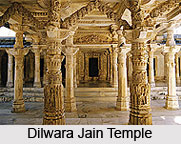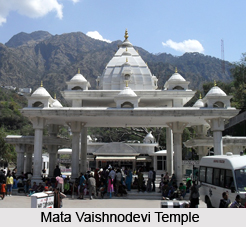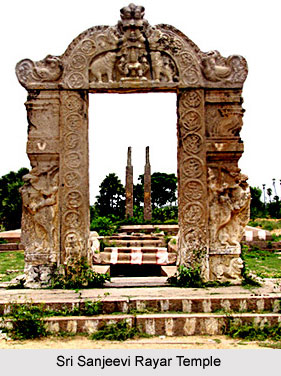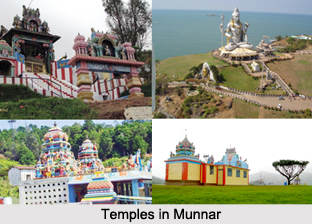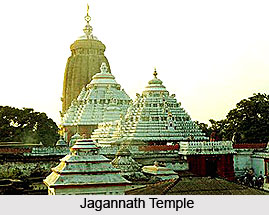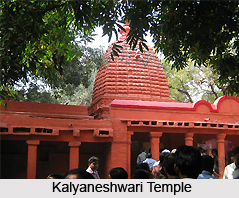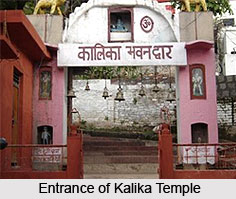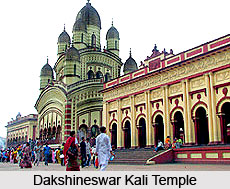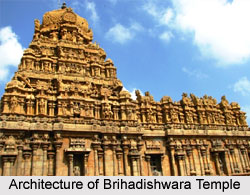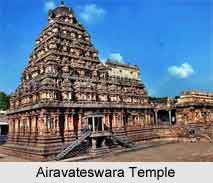 Airavateswara Temple is a Hindu temple of Dravidian architecture located in the town of Darasuram, near Kumbakonam in the Indian state of Tamil Nadu. The temple is built by Rajaraja Chola II in the 12th century. This temple was added to the list of Great Living Chola Temples in the year 2004 as a UNESCO World Heritage Site. Paintings and sculpture panels flourish. The Vimana is 80 feet in height. In front of the temple there are stone panels, which produce sound or tones when struck. The temple whispers the artistic expression and the religious sentiments of ancient days. Lord Shiva is the presiding deity of the temple.
Airavateswara Temple is a Hindu temple of Dravidian architecture located in the town of Darasuram, near Kumbakonam in the Indian state of Tamil Nadu. The temple is built by Rajaraja Chola II in the 12th century. This temple was added to the list of Great Living Chola Temples in the year 2004 as a UNESCO World Heritage Site. Paintings and sculpture panels flourish. The Vimana is 80 feet in height. In front of the temple there are stone panels, which produce sound or tones when struck. The temple whispers the artistic expression and the religious sentiments of ancient days. Lord Shiva is the presiding deity of the temple.
Legend of Airavateswara Temple
The Airavateswara temple is dedicated to Lord Shiva. Shiva is here known as "Airavateswara", because he was worshipped at this temple by Airavata, the white elephant of the king of the gods, Indra. It is said that the elephant was cursed by Sage Durvasa and was undergoing a change in its colour. Upon bathing in the holy waters of the temple, his original colours were restored.
According to another legend, Lord Yama, the King of death had also worshipped Lord Shiva here. It is said that Yama was once cursed by a sage that caused a burning sensation all over his body. The curse was finally cured by the blessings of Airavateswara. Yama then took a bath in the sacred tank of the temple that liberated him from the burning sensation. Since then the tank has been named as "Yama Teertham".
Architecture of Airavateswara Temple
The Airavateswara Temple is a storehouse of art and architecture and has some exquisite stone carvings. The temple is said to have been built with "perpetual entertainment", in mind. The temple starts with a "Maha Dwara", main entrance on the eastern side. The "Vimana" is 24 m (80 ft) high. The temple consists of a sanctum without a circumambulatory path and axial mandapas. The front mandapa is known in the inscriptions as "Rajagambhiran Tirumandapam". The south side of the front Mandapam is in the form of a huge chariot with large stone wheels which is drawn by horses. The pillars of this mandapa are highly ornate. The elevation of all the units is elegant with sculptures dominating the Jain architecture.
The eastern side of the inner court dotted with a cluster of exquisitely carved buildings, one of which is the Balipita (`seat for sacrifice`). The pedestal of the Balipita adjoins a small shrine which contains an image of Lord Ganesha. The pedestal has a set of 3 finely carved set of steps on the south side. Striking the steps produce different musical sounds.
In the south-west corner of the court is a mandapam which is having 4 shrines, one of which has an image of Lord Yama. Adjoining this shrine there are large stone slabs that are sculptured with images.












